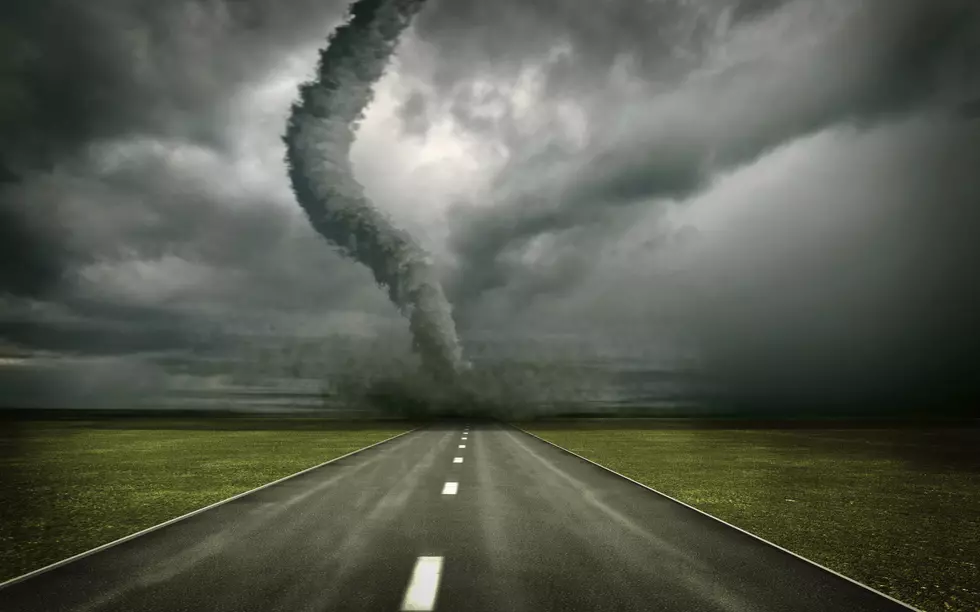
CDC Says Don’t Hide Here During A Tornado In Minnesota
It's pretty common knowledge for most that you want to get to a basement or sturdy shelter in the event of a tornado. But, there's a misconception among many people that if they are caught out on the road about what is safe.
Say you're driving down the highway, the sky turns a weird color, and then you see it. A tornado is coming your way. What do you do?

The Centers for Disease Control and Prevention says you should do the following if you're on the road in a vehicle when a tornado hits.
- Don't try to outrun a tornado. Drive to the closest shelter. The least desirable place to be during a tornado is in a motor vehicle. Even buses and trucks can easily be tossed by the winds.
- If you can't make it to a shelter, either get down in your vehicle and cover your head and neck, or leave the vehicle and get in a low-lying area like a ditch or a ravine.
CDC says you should avoid highway overpasses and bridges.
Some people mistakenly think that the safest place would be to tuck under a bridge or an overpass. It is not the safest place, in fact, it's more dangerous than laying low in the ditch.
The CDC also says you should try to find a ditch or ravine that is away from trees. Tornados can easily knock trees down or turn them into missiles.
Tune into local radio stations for EAS alerts.
The emergency alert system is set up to send alerts for areas from the National Weather Service. It's still the most reliable way to get up-to-the-minute information and alerts about the weather. It's very valuable in sever weather to be tuned into a local radio station, as you'll get an alert if severe weather is approaching.
LOOK: The most expensive weather and climate disasters in recent decades
Gallery Credit: KATELYN LEBOFF


